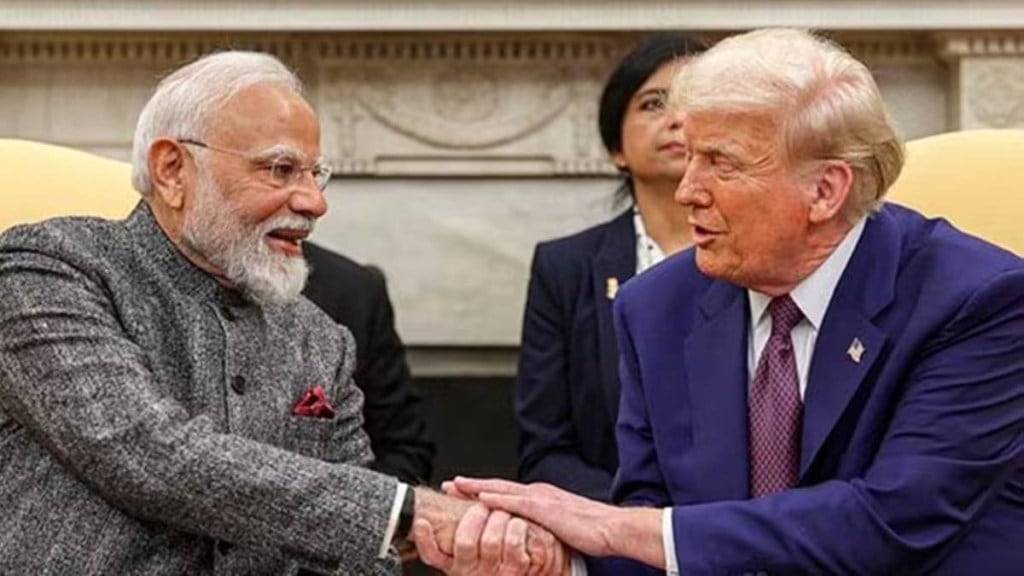India and the United States are showing signs of a diplomatic drift. The once-warm ties between the two democracies have cooled, with Donald Trump’s 50% tariff offensive on Indian exports pushing Prime Minister Narendra Modi to look east.
So, what really happened?
Even though Trump suggests it’s because of India’s business dealings with Russia and experts hint at tough trade negotiations between the two countries, a new report suggests that the reason may have been the June 17 phone call between the two leaders after Operation Sindoor.
Trump-Modi Call That Changed the Tone
A Bloomberg report indicates that weeks after Donald Trump broke the news of a possible ceasefire between India and Pakistan, and unceremoniously ended Operation Sindoor, Trump had a 35-minute-long conversation with Modi.
It was during this call, according to anonymous New Delhi officials quoted in the report, that Modi felt compelled to set the record straight by asserting to Trump: “India does not and will never accept mediation.”
This came after Trump invited Modi to the White House in what officials saw as an attempt to ambush him into a photo op with Pakistani Army Chief Asim Munir — an invitation the Indian Prime Minister turned down.
Officials cited in the report claim – India saw Trump’s hosting of Munir as giving legitimacy to the terror activities he had been accused of.
Post that, the officials feel, Trump’s tone towards India changed. He began publicly attacking India with phrases like ‘dead economy’ and ‘obnoxious trade barriers’, culminating in a 50% tariff on Indian exports to the US. Now he has even indicated a pause in trade negotiations.
Washington’s Stand
Officially, there is no change in US stand. During a briefing on Thursday, State Department deputy spokesperson Tommy Pigott said Trump was taking action to address concerns about trade imbalances with India and the nation’s purchases of Russian oil.
“India is a strategic partner with whom we engage in a full and frank dialogue that will continue,” State Department deputy spokesperson Tommy Pigott said during a White House briefing. “Like anything in foreign policy, you’re not going to align 100% of the time on everything.”
Also Read: Why is Trump upset with India?
What’s worsening India-US ties
Seven months ago when Trump started his second stint in the White House, he wanted to build warm ties with his ‘dear friend’ Modi.
India was, in fact, the first country to start trade negotiations with the US, yet the talks have dragged on with Modi not ready to capitulate to Trump’s demands of opening up India’s dairy and agriculture space.
An Indian official told Bloomberg – negotiators underestimated the power of the farm lobby, midwestern senators and dairy cooperatives and also failed to prepare a fallback option that could produce a quick win if Trump escalated.
Yet Modi has affirmed, “Bharat will never compromise on the interests of its farmers, dairy farmers, and fishermen. And I am fully aware that I may have to pay a very heavy price personally, but I am prepared for it.”
Despite this, India is willing to negotiate without any retaliation but not willing to surrender by going beyond what’s in its national interest.
